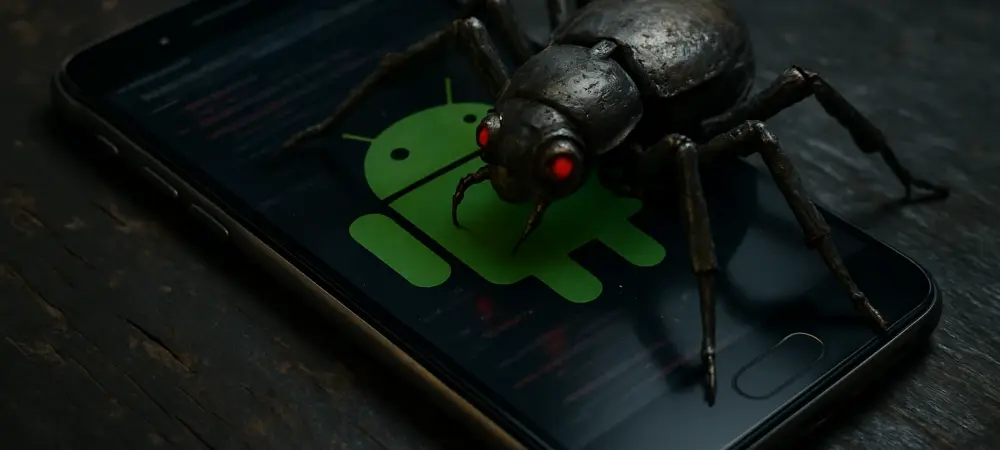I’m thrilled to sit down with Dominic Jainy, a seasoned IT professional whose expertise in artificial intelligence, machine learning, and blockchain uniquely positions him to analyze emerging cyber threats. Today, we’re diving into the alarming rise of the PlayPraetor malware, a sophisticated Remote Access Trojan targeting Android devices. With over 11,000 devices compromised and a focus on financial fraud, this campaign is a stark reminder of the evolving dangers in the mobile security landscape. Our conversation will explore how this malware operates, its deceptive tactics, the regions most affected, and the technical intricacies behind its spread. Let’s get started.
Can you give us an overview of the PlayPraetor malware and what makes it such a serious threat to Android users?
Thanks for having me. PlayPraetor is a Remote Access Trojan, or RAT, that’s been deployed by Chinese-speaking threat actors in a highly organized malware-as-a-service operation. It’s a big deal because it’s compromised over 11,000 Android devices globally, targeting financial apps and crypto wallets with the intent of on-device fraud. What sets it apart is its sophistication—it’s not just stealing data; it takes full control of a device in real time, allowing attackers to perform transactions as if they were the user. That level of access, combined with its rapid spread, makes it a significant threat.
How does PlayPraetor manage to deceive users into installing it on their devices?
It’s all about social engineering. PlayPraetor disguises itself by mimicking legitimate Google Play Store pages. When users think they’re downloading a trusted app, they’re actually installing malware. The fake pages are crafted to look incredibly convincing, often replicating the design and branding of the real store. This tricks users into lowering their guard, especially if they’re not looking for subtle red flags like odd URLs or poor grammar. It’s a classic case of exploiting human trust in familiar interfaces.
What happens to a device once PlayPraetor is installed, and how does it gain such extensive control?
Once installed, PlayPraetor exploits Android’s Accessibility Services, which are meant to help users with disabilities but can be abused to grant deep system access. This lets the malware monitor everything on the device in real time—think screen activity, taps, and inputs. From there, attackers can mimic user behavior, open apps, transfer money, or steal sensitive data like banking credentials. It’s essentially a digital puppet master, controlling the device while the user might not even notice.
With nearly 200 banking apps and crypto wallets targeted, can you explain the scope of this malware’s financial impact?
The scale here is staggering. Targeting 200 apps means PlayPraetor is casting a wide net to hit as many victims as possible across different platforms and services. While specific apps aren’t always named, the focus seems to be on popular banking and cryptocurrency platforms, which are goldmines for financial data. For victims, the impact can be devastating—unauthorized transactions, drained accounts, or stolen crypto assets that are nearly impossible to recover. It’s not just a personal loss; it erodes trust in digital financial systems.
Geographically, where is PlayPraetor causing the most damage, and what might be driving that distribution?
Europe is taking the hardest hit, with 58% of compromised devices, especially in countries like Portugal, Spain, and France. This could be due to a high concentration of smartphone users, robust digital banking adoption, and perhaps less stringent cybersecurity awareness in some areas. But it’s not just Europe—Africa accounts for 22%, the Americas 12%, and Asia 8%, with hotspots like Morocco, Peru, and Hong Kong. These regions might be targeted for varying reasons, from emerging digital economies to gaps in security infrastructure that make them easier prey.
How is PlayPraetor spreading so rapidly, and what’s behind the infection rate of over 2,000 new devices each week?
The rapid spread—over 2,000 new infections weekly—is fueled by a combination of effective deception and a scalable malware-as-a-service model. The fake Play Store pages are distributed widely, likely through phishing links, malicious ads, or compromised websites. Plus, the operation’s professional setup, with a multi-tenant control panel, allows multiple affiliates to push the malware independently while sharing resources. It’s like a franchise of cybercrime, which makes it incredibly efficient at scaling up infections.
On the technical side, can you break down how PlayPraetor communicates with its operators to maintain control over infected devices?
Absolutely. PlayPraetor uses a multi-layered communication strategy to stay connected with its command-and-control servers. It starts with HTTP/HTTPS protocols to establish initial contact through hardcoded domains, ensuring it can keep trying even if some servers are taken down. Then, it sets up a WebSocket connection for real-time, two-way commands and an RTMP stream for live screen surveillance. This setup lets attackers see what’s happening on the device and issue commands instantly, making it a powerful tool for fraud.
What’s your forecast for the future of mobile malware like PlayPraetor, and how do you see this threat evolving?
Looking ahead, I think mobile malware like PlayPraetor will only get more sophisticated. As more of our lives move to mobile devices—banking, payments, even identity verification—threat actors will double down on these platforms. We’re likely to see malware incorporating AI to better mimic user behavior or evade detection, and more focus on cross-platform attacks as ecosystems like Android and iOS become more integrated. Without stronger app store protections and user education, the infection rates could climb even higher, and the financial fallout could be catastrophic.

